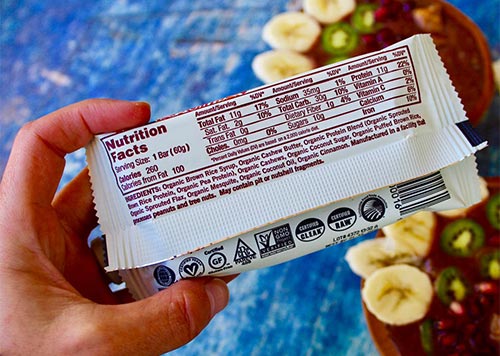How to Identify and Deal with Burnout
These days, there’s no shortage of inspirational mugs, posters, and hashtags urging us to “hustle hard” or “rise and grind.” We’re surrounded by messages telling us to work hard, do what we love, get up earlier, increase our productivity - oh, and don’t forget to make time for self-care. Work ethic is key to success, but when taken to the extreme and combined with other stressors, it can have a much less glamorous side: burnout.

While burnout is typically associated with workplace stress, it can also apply to parenting, caretaking, or even personal relationships. In a workplace survey by Deloitte, 77% of respondents said they experienced burnout at their current job, and another poll found that 63% of parents reported experiencing parental burnout. Luckily, there are many ways to prevent, identify, and deal with burnout before it has more serious consequences on your mental and physical health.
What is burnout?
Almost everyone experiences a certain degree of stress in their everyday life, but burnout is a clinical diagnosis defined as “a state of emotional, mental, and often physical exhaustion brought on by prolonged or repeated stress.”
It’s also more than just a state of mind that you can power through with some motivational sayings and a cup of coffee. In fact, many people ignore their stress until it begins to have physical effects on the body such as tension headaches, extreme fatigue, potential misuse of food, drugs, and alcohol, and gastrointestinal issues.
While the term burnout was first coined in 1970, it’s become an even more widespread issue as the cultural pressure around working, parenting, and technology use has increased in recent years.
The road to burnout is often paved with long hours, juggling too many tasks, dysfunctional work dynamics, and lack of physical and mental rest. Less concrete factors like lack of control, lack of flexibility, lack of support, or working toward a goal that doesn’t resonate or conflicts with values can also contribute.
However, recent research shows that even those who find their work deeply meaningful and rewarding can reach a point of burnout just as easily as those who don’t feel connected to their careers. Ironically, the more personally connected we feel to our work or caretaking, the more pressure we tend to place on ourselves to constantly strive for perfection, which can eventually lead to the opposite result if not balanced with rest.
What are the symptoms of burnout?
Many of us use the phrase “feeling burned out” to describe general feelings of stress or exhaustion, but there are specific symptoms to look for:
- Long-term stress: Do you experience stress that is not tied to a specific task/goal and never seems to be resolved?
- Exhaustion: Are you sleep deprived? Do you feel physically and mentally depleted, like your battery is dead and can’t be recharged?
- Cynicism or loss of meaning: Are you experiencing feelings of emptiness, dread, or apathy toward your work? Do you find yourself tending toward escapism or feeling detached and disillusioned?
- Reduced productivity: Do tasks that were once routine now require immense effort? Do you find yourself unable to perform your work at your previous level of efficiency?
- Moodiness: Is your temper shorter than usual? Do you feel impatient, foggy, or have difficulty concentrating?
What to do about burnouts
- Evaluate the key causes of your stress and be as specific as possible so you can find ways to lighten the load ASAP.
- Identify what is truly urgent right now vs. what just feels urgent due to your stress level.
- Cancel, reschedule, or reassign some of the commitments currently on your plate.
- Recognize that some days, you may have to drop the ball in one area in order to catch another - and that’s okay if you’ve identified your current priorities.
- Voice your concerns and ask for what you need from managers and loved ones.
- Create and uphold boundaries by saying no, scheduling rest, and sticking to stop times.
- Seek support from friends, family members, coworkers, or a counselor.
- Consider adjusting work hours/location or outsourcing certain tasks when possible.
- Practice self-care in a way that’s effective for you. Look for activities that make you feel like yourself, whether that’s taking a walk outdoors, reading, baking, or listening to music.
- Give yourself grace. Burnout is not a sign of failure, and just shifting your mindset to one of self-compassion can help reduce anxiety.
- Talk to a therapist. If you find yourself frequently feeling hopeless, low, or lacking interest, it can be more than just burnout, and you’re worth taking care of.
- When you’re feeling more like yourself again, continue to check in with your body and mind so you can recognize the symptoms of burnout and take preventative steps to combat it in the future.
In the words of author and businesswoman Ariana Huffington, “I wish I could go back and tell myself that not only is there no trade-off between living a well-rounded life and high performance, but performance is actually improved when our lives include time for renewal, wisdom, wonder, and giving. That would have saved me a lot of unnecessary stress, burnout, and exhaustion.”
For even more practical ideas to combat and deal with burnout, check out the posts 5 Ways to Help Manage Stress and Cultivating Balance.









